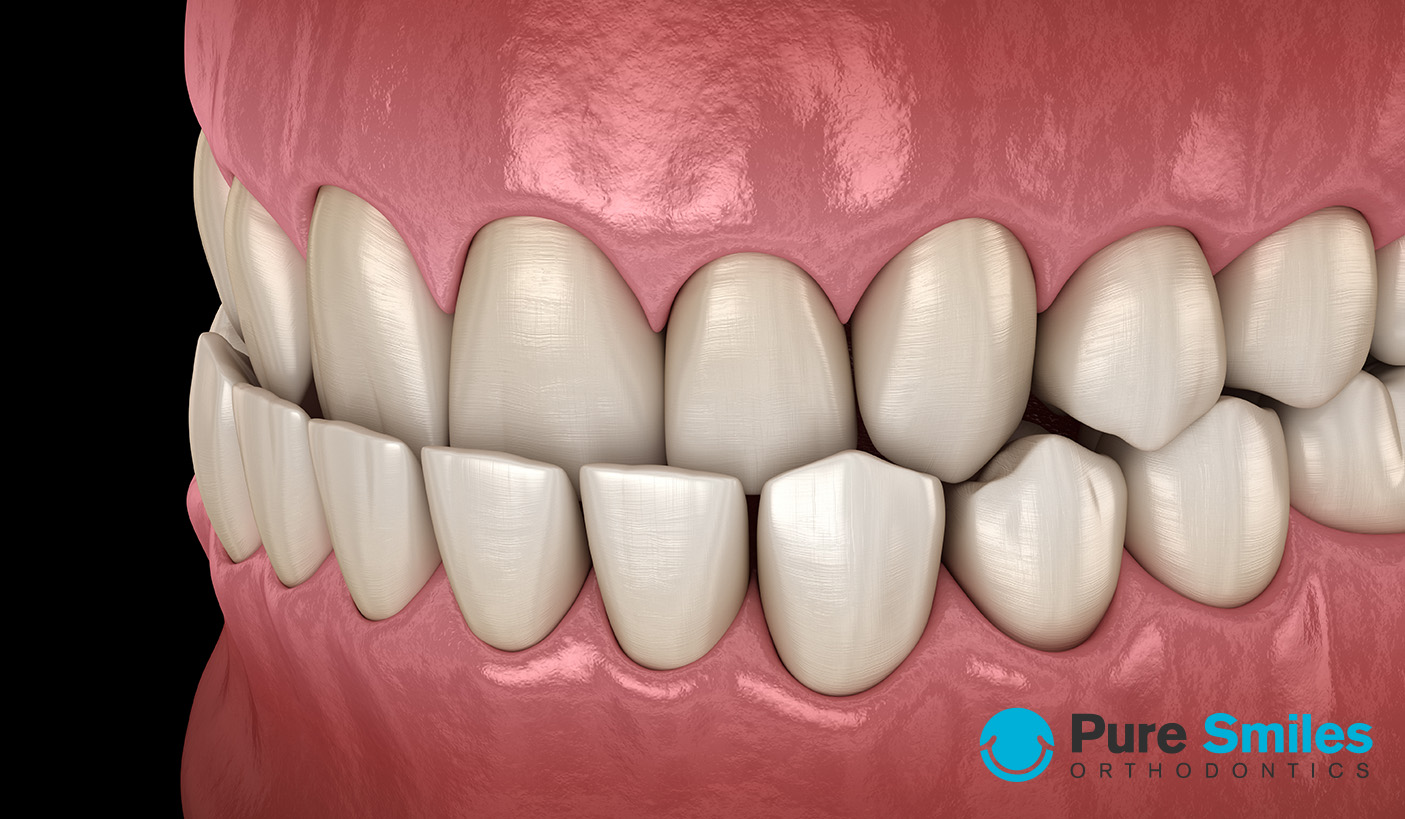
Choosing the Best Orthodontic Treatment for an Underbite
Austin, TX – A beautiful smile is often considered a valuable asset, but when dental misalignment issues like an underbite come into play, it can affect both aesthetics and overall oral health. An underbite occurs when the lower teeth protrude forward, overlapping the upper teeth. Fortunately, orthodontic treatments can help correct this issue. In this blog, we will explore the various options for underbite correction and discuss which one may be the best choice for you.
Understanding the Underbite
Before delving into the treatment options, it’s essential to understand the nature and causes of an underbite. Underbites can be caused by a combination of genetic factors, skeletal discrepancies, and poor dental habits. This condition can lead to problems with speech, eating, and oral hygiene. It can also result in facial asymmetry and self-esteem issues.
Orthodontic Treatment Options
1. Braces:
Traditional metal braces are one of the most common and effective orthodontic treatments for underbites. Braces use wires and brackets to gradually shift the teeth into their correct positions. They can effectively correct minor to moderate underbites. However, treatment with braces may take a couple of years, and maintaining oral hygiene can be more challenging with braces.
2. Invisalign:
Invisalign, a clear aligner system, has gained popularity for its discreet appearance and comfort. While Invisalign is excellent for correcting various orthodontic issues, it may not be the best choice for severe underbites. It’s more suitable for minor to moderate cases, where the bite discrepancy is not too pronounced.
3. Herbst Appliance:
The Herbst appliance is a fixed orthodontic device that is attached to the upper and lower jaws. It helps correct severe underbites by encouraging proper jaw growth and alignment. This treatment option is particularly effective for younger patients, as it can take advantage of the natural growth process of the jaw.
4. Orthognathic Surgery:
For individuals with severe underbites that cannot be corrected through orthodontics alone, orthognathic surgery may be the best option. This surgery involves repositioning the upper or lower jaw to achieve the correct bite. While it may sound daunting, orthognathic surgery can be life-changing for those with significant underbites.
Choosing the Best Treatment
The choice of orthodontic treatment for an underbite depends on various factors, including the severity of the underbite, the patient’s age, and their individual preferences. Here are some key considerations to help you make an informed decision:
1. Severity of the Underbite: The degree of underbite plays a significant role in determining the most appropriate treatment. Minor to moderate underbites can often be corrected with braces or Invisalign, while severe cases may require more invasive approaches.
2. Age: The age of the patient is another crucial factor. Some treatments, like the Herbst appliance, are more effective when applied during a patient’s growth phase. In contrast, orthognathic surgery is typically reserved for adults or older teenagers once jaw growth is complete.
3. Personal Preferences: Consider your comfort and lifestyle when choosing a treatment. If you’re concerned about the appearance of braces, Invisalign might be a better fit. However, keep in mind that the effectiveness of the treatment should be the top priority.
4. Consultation with an Orthodontist: Your orthodontist will assess your specific case and recommend the most suitable treatment option. It’s essential to consult with a qualified orthodontic specialist who can provide expert guidance tailored to your needs.
An underbite can have a significant impact on your oral health and self-confidence. The best orthodontic treatment for an underbite depends on individual factors, including the severity of the condition and personal preferences. Whether you choose traditional braces, Invisalign, a Herbst appliance, or orthognathic surgery, the goal is to achieve a beautiful, functional smile and improve your overall well-being. Consult with an orthodontic specialist to determine the most suitable treatment plan for your specific needs and get on the path to a healthier, happier smile.